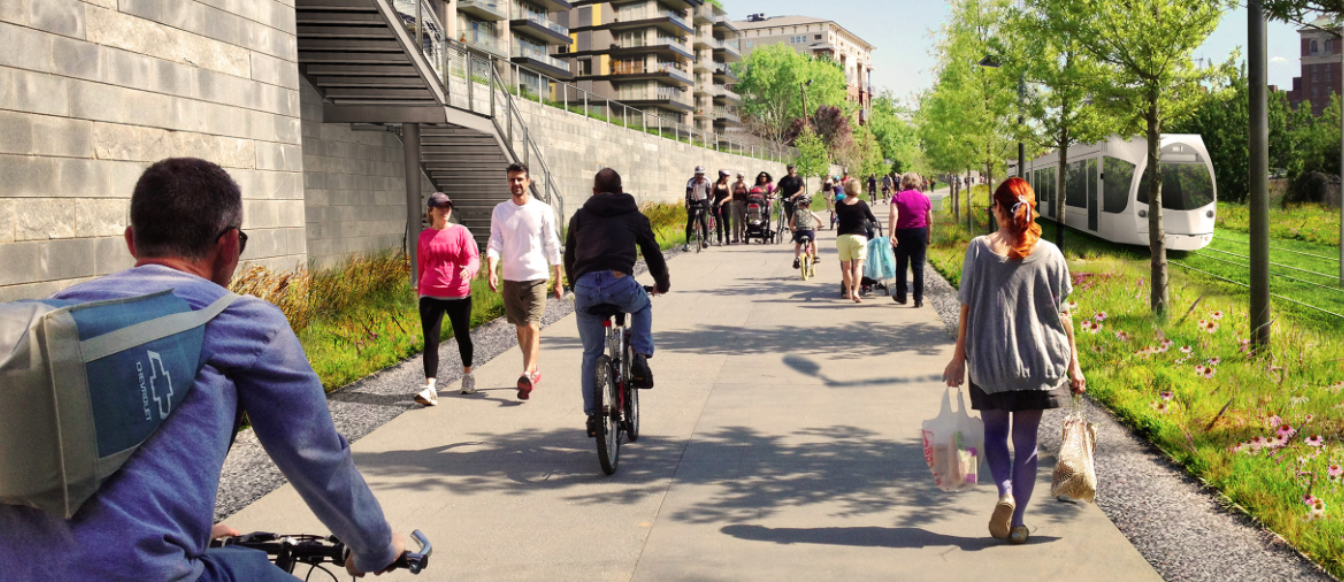Aging today is not what it used to be. Reinvention platforms like Chip Conley’s Modern Elder Academy, David Harry Stewart’s Ageist, Leslie Jane Seymour’s Covey Club and Gail Baral and Toni Purry’s Boost Entrepreneurs point to a growing desire to make more of our longer lives, asking more of ourselves as we move past life’s halfway mark. Each enterprise in this growing sector acts as a collective support group, helping to make the fact of getting older less threatening, more empowering.
And yet, as uncomfortable as talking about and transforming identity and livelihood can be for some, it’s not remotely as squirm inducing as just thinking about the realities and needs of actually growing physically older. Being open to all aspects of the process is essential to a long, healthy life. We can’t afford to keep them separate.
Sustaining Body & Soul
How we live now is how we wish to live later – healthy, engaged, living with purpose. We eat well, exercise with awareness, stimulate our minds, cultivate relationships that nurture us and stay mindful of the social and environmental big picture. But where are the communities, products, services and technologies to support those desires for the long run? How might we evolve the beauty and passion of our lives now into lifestyles that sustain body and soul? What if looking realistically at actually being old wasn’t so…discouraging?
This moment in time presents a massive opportunity for a cultural rethink and product reboot as related to aging. The door is open as never before for creating new systems of living, of care, of health and of health care to meet modern elder desires. It makes no sense to think about the future with a mindset of the past. We have amazing new tools, materials, and knowledge to make change happen and capture the imagination of the modern elder in ways that actually invite us to wisely consider the long run.
The Innovators
Thankfully, there are smart businesses beginning to brighten the elder landscape, transforming individual reinvention ideals into cultural reinvention realities. San Francisco Zen Center is plotting an elder community in the Bay Area countryside called Enso Village, grounded in mindful living with plans for a farm, meditation and expert medical care. ReGen Villages is planning environmentally sustainable, multi-generational communities where people pushing walkers and strollers find equal footing.

And The Embassies is a co-living concept taking shape in Switzerland that’s like a SoHo House for globetrotting seniors, where top-of-the-line healthcare and of the moment culture are infused with five-star hospitality services.
Affordable and alluring, the SilviaBo senior housing experiment (pictured above) just outside of Stockholm offers a light-filled, fresh aesthetic and healthy lifestyle, reflective, in part, of IKEA’s role in the partnership. And while FBM Architects in the UK explores a plan to co-opt shipping containers for use as low cost micro-housing on an abandoned site, it’s an idea that could just as easily translate into an urban revitalization project for a multi-generational community.
For those who prefer to age in place, technology stands to both reinvent and upend the game, promising refined healthcare on demand through telemedicine access and information streams; wearables that multitask between vital signs and social connection; and even friendly robots that can fetch a cup of tea for you when it comes to that.
Design For All
The fact that the modern elder has something other than the current status quo in mind promises to be a win-win for multiple generations. The best of these new aging design principles and innovations can work for a large part of the population – not just seniors. The needs and wants of the modern elder are ultimately inclusive. Designing for this segment can – and should – generate “design for all” solutions and standards to benefit oldsters, youngsters, people with health or mobility issues, families, the list goes on – even across economic strata. What’s good for one is better for all and we’re most certainly all in this together. Rather than seeing this drive for new thinking and new solutions as one last selfish hurrah for baby boomers wanting it their way, we see it as an amazing opportunity to responsibly prepare for everyone’s future and lay a sustainable groundwork for building community, supporting health and making harmonious coexistence the new normal, again.


